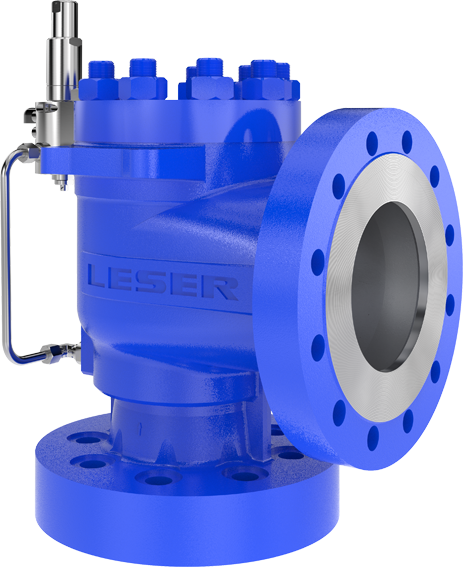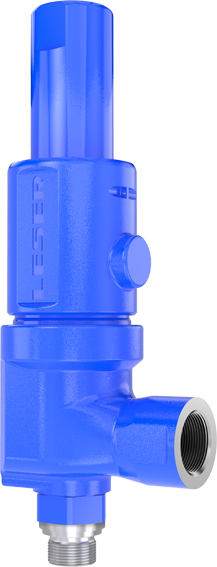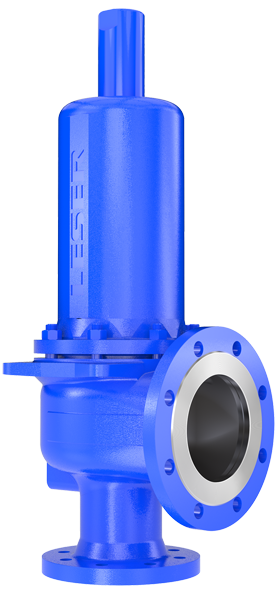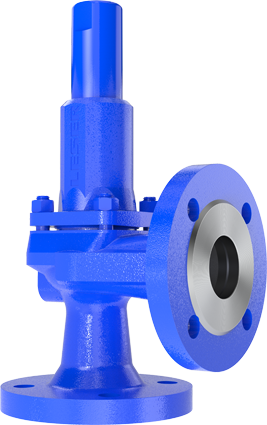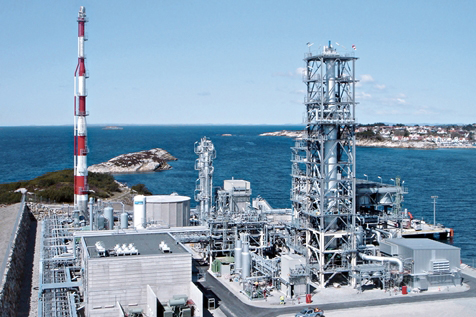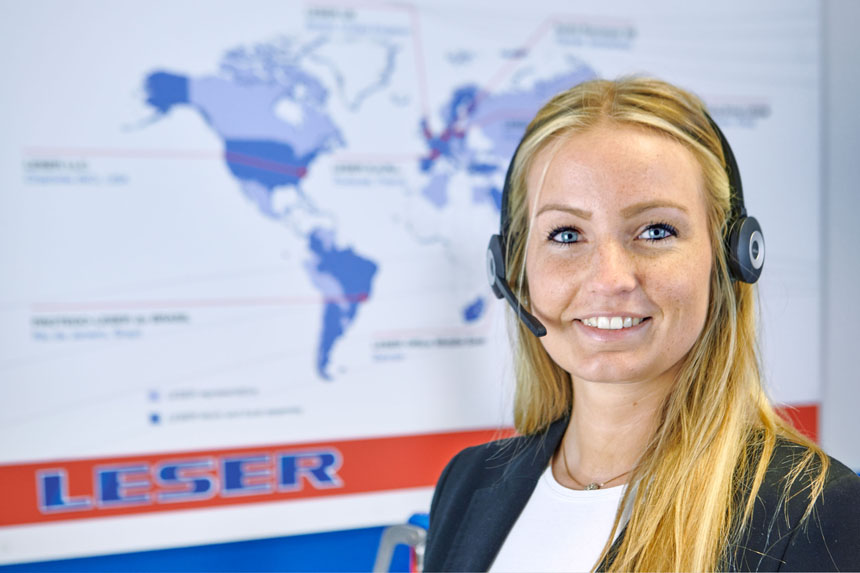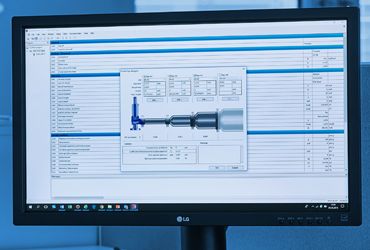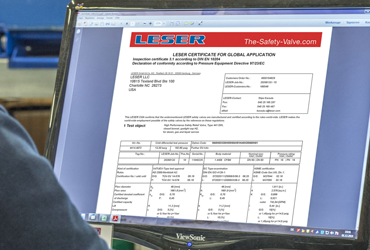LNG and LPG make gas mobile
Demand for the compressed form of natural gas and petroleum gas is growing steadily and is expected to account for one third of global gas consumption in the medium term. Investments must pay off in the short term in order to remain profitable despite ever shorter supply contracts and trading on energy exchanges.
The shortening and flexibilization of supply chains by combining production and processing steps, e.g. on FLNGs (Floating Liquefied Natural Gas) or FSRUs (Floating Storage and Regasification), make this possible. However, the requirements for such projects are complex. Your supplier must be able to master this complexity of projects and the technical challenges.
LESER ensures reliable functioning and tightness of your safety valves even at cryogenic temperatures of -164°C and pressures up to 155 bar, which are necessary for the processing and transport of LNG. No matter which LNG application, onshore, offshore or even mobile, LESER has the right solution and approval for you.


